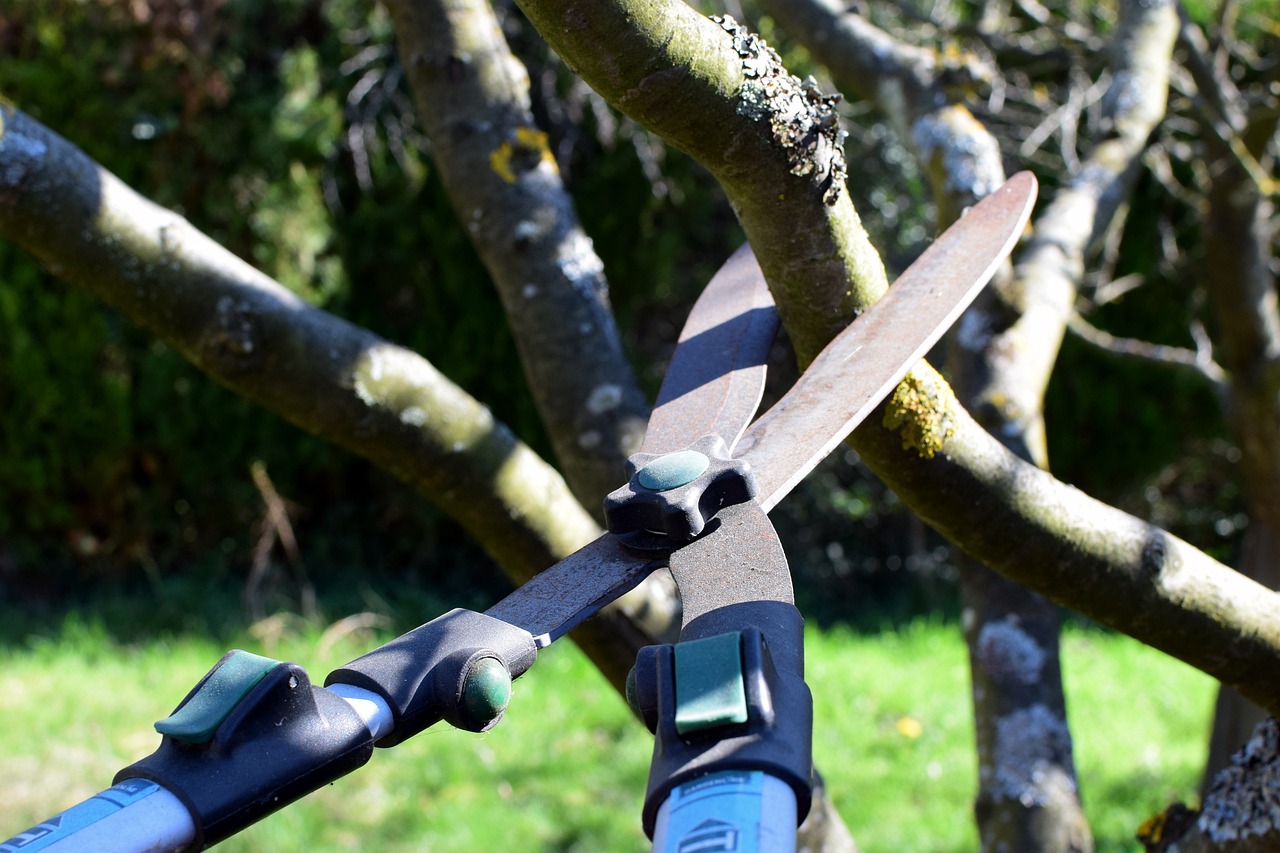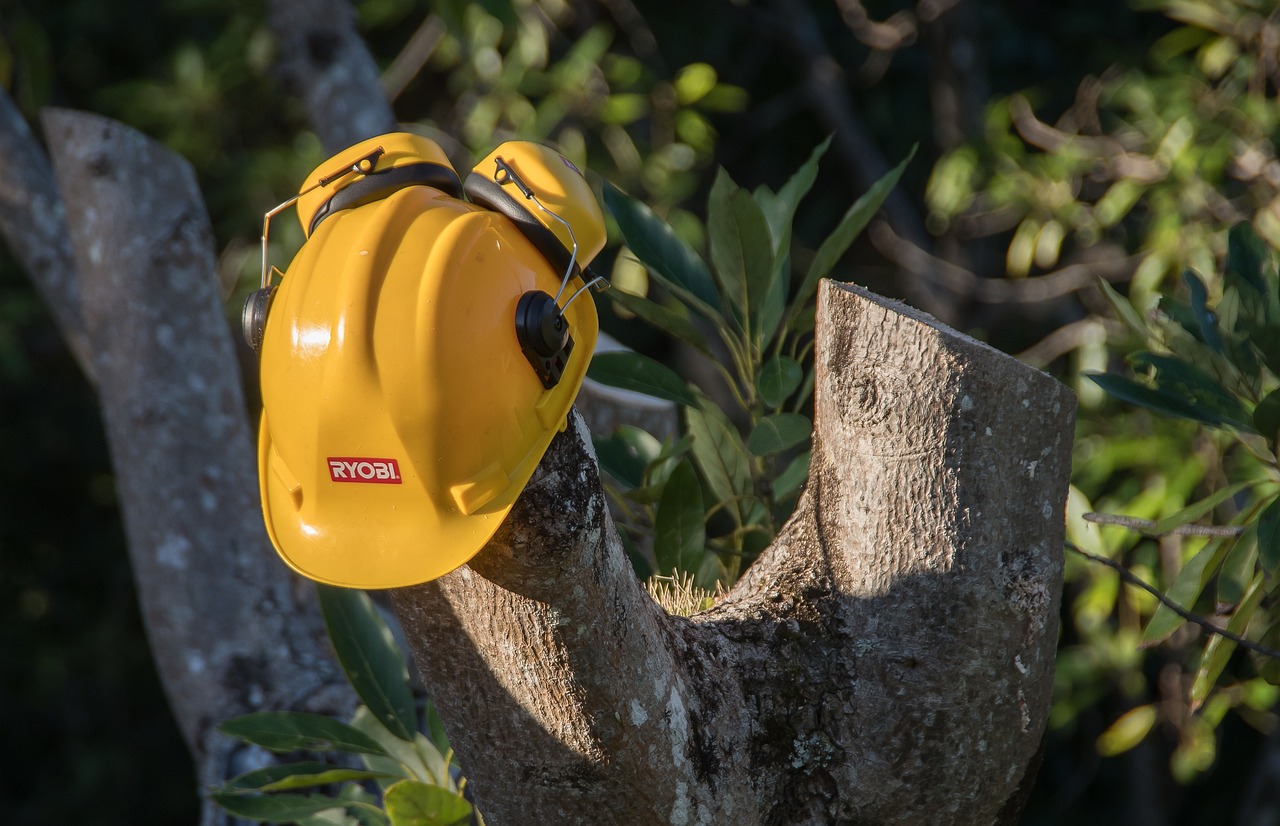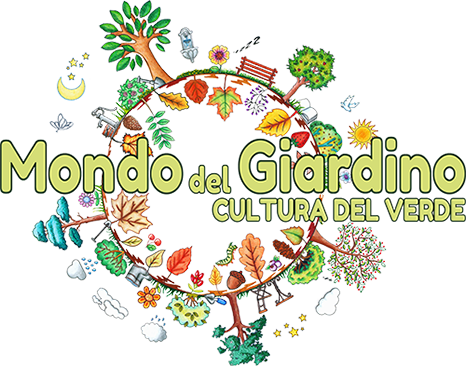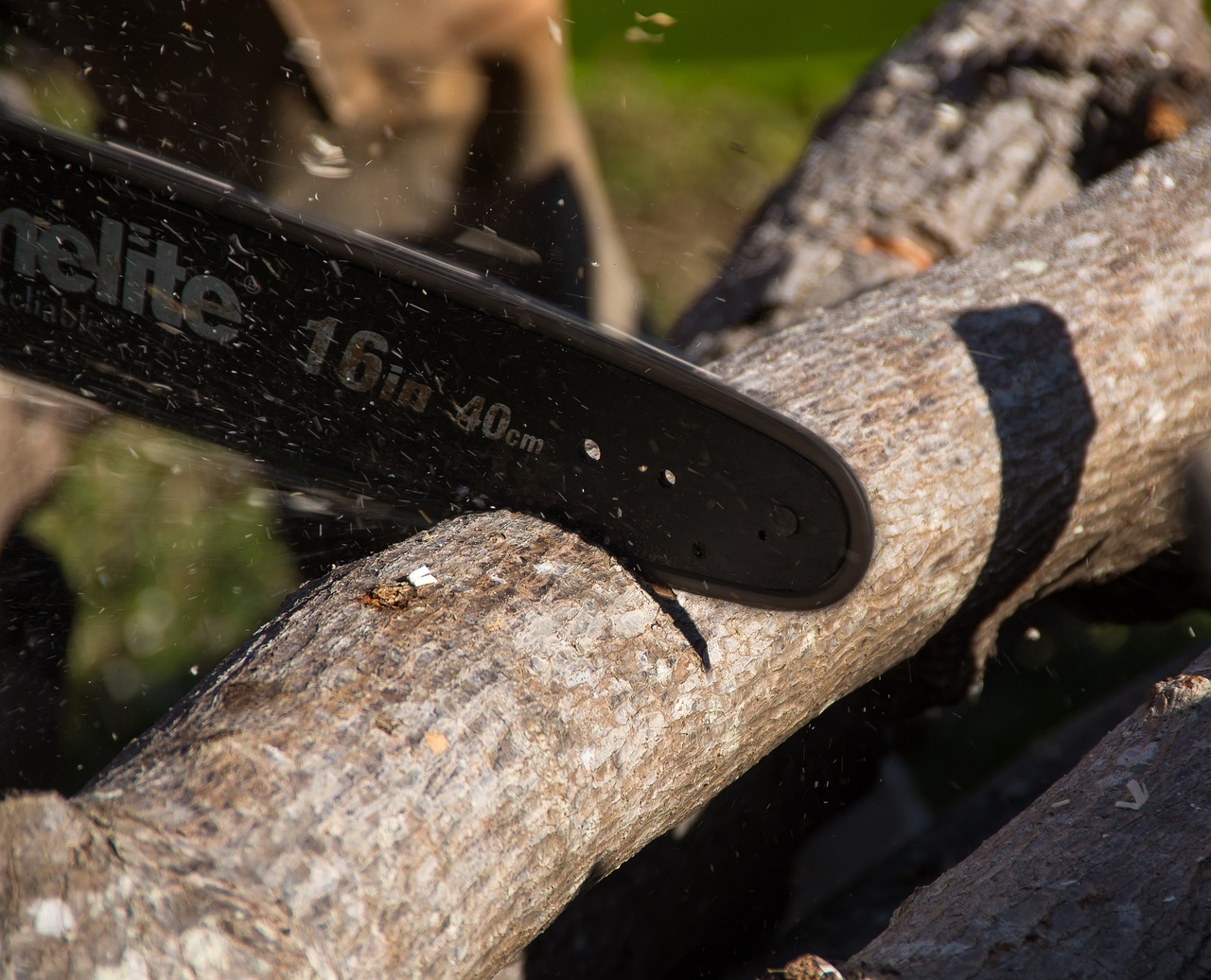How are ornamental plants pruned? and the flowering plants? where to cut and what is the right month to prune plants in the garden?
In this series of articles on pruning plants we will find answers to all the questions that may come to mind so that you can take care of your garden in the best possible way.
As it should be, before moving on to practice we start from theory. You don’t want to improvise and prune your plants the wrong way, do you?
The first step in learning how to prune the plants in our garden is certainly to observe them.
Observation in the garden is very important because it leads to good decisions!
Observing sets in motion the motivations of the pros and cons and even if you then think you are not thinking about it anymore, under the surface of consciousness your mind analyzes and looks for solutions.
But what do you have to observe?
Observe how the plant or hedge has grown. You may notice that it hasn’t grown smoothly. Perhaps you will notice that it is not so much the amount of leaves but that of the branches that is exaggerated. Perhaps you will notice that the problem is only that it transfers to another property but on your side you like it that way and only some branches are disharmonious.
Well. If you have noticed something like this, you have already done an excellent job of observation and are starting to understand how to prune.
Pruning plants: Let’s start with philosophy
First of all let’s say that it is better not to prune. How you do it? Just choose the plants that are suitable for a certain size of place. If I have 4 square meters, for example, I can put no more than three shrubs of a maximum of 1.2m. in diameter because I overlap them a bit. If I want a tree in the same area, I can only plant a conical plant or a very small tree like a dwarf apple tree.
Pruning doesn’t help plants
It helps us that either we have chosen a plant badly for that point of the garden, too small to accommodate it, we have performed the plant poorly – too close to something – or, finally, we have such a small green space that any plant should be pruned.
The explanations of why pruning is bad for the plant are important and can be found well articulated at this link.
It is important to know that we are doing a practice that will create a problem for the plant to have respect in doing it and minimize the damage.
How, when and why to prune plants in a nutshell
“The buds of plants that flower between winter and early spring on one-year-old branches were formed during the previous summer. Conversely, the buds of plants with later flowering (end of spring, autumn) have formed and will open on the new vegetation (year branch). The cutting operations must therefore be carried out at the end of flowering in the first case and before the vegetative restart in the second case. Long pruning will also be done on very vigorous plants or plants that have borne few flowers and short pruning on weak, underdeveloped plants or plants that have borne many flowers. The cutting of broken branches, dry ones, branches that are too old should preferably be done at the end of the winter season, except for evergreen plants on which it is always advisable to intervene when the danger of frost has passed.
Plants whose flowers have no ornamental importance should be pruned keeping in mind only their vegetative luxuriance, remembering however the aforementioned different need existing between deciduous and evergreen subjects. (from “La potatura delle piante ornamentali” by Giuseppe Serini ed. Edagricole 1998)
You could also stop here to read because these are the rules, but what are the plants that bloom on the branches of the year? And which ones on those of the previous year? And are there other behaviors, perhaps anomalous?

Pruning plants: An important chapter on tools!
If you want to proceed with the pruning you must equip yourself with tools of a certain quality (which perhaps you can buy used: a good used brand is better than a bad new one) and keep them clean and in good working order. In fact, a malfunctioning tool becomes very dangerous even for those who use it.
Before storing it in a dry and clean place, once the work is finished, it must be cleaned of grass and any resin and dried. If necessary, it must be disassembled and cleaned better. The dry place of shelter and drying are to prevent the iron parts from rusting. We therefore recommend checking the tools about ten days before the job to make sure you don’t have to do repair work (by yourself or through a service) or change parts such as blades or engine.
For the purchase of the necessary tools and for a series of other interesting tips, I refer you to this article in Capoverde
What is the right month to prune the plants in our garden? How to do it and where to cut?
Another very important chapter on pruning concerns the type of plant to be pruned.
In fact, not all plants behave in the same way and flower or bear fruit in the same period and for this reason we must ascertain how the plant behaves that we must prune in order not to lose blooms and berries – which is perhaps the reason why we chose them .
Being a fundamental list, we decided to make an introductory speech and then to insert some lists of plants both in the article and as a pdf so that we could print it and take it to the garden.
We’ll list the bloom behaviors below, but we’ll develop that in next week’s article.
What kind of plants can we have in our garden? How are they pruned?
We can divide the plants into 5 groups (oh, I know there are many):
- plants that flower on branches born in the current year, i.e. on those branches born in the last vegetative restart;
-
plants that flower on branches born in the current year (as above) but on secondary branches, i.e. a new branch that forms on another branch that is one year old or more and that flowers in the same year in which it is formed;
- plants that flower on branches of at least one year, i.e. those branches born in the penultimate vegetative restart;
- plants that flower on branches of two or more years (also called old)
- and particular cases such as that of the Hydrangea ortensis (Ortensia) which blooms twice a year on two different types of branch. In June on the tips of 1-year-old branches (the straight ones, without ramifications and with the bark still green) while in strong, on the new branches (secondary branches of the year) just laterally produced on already old and on 1-year branches.

Pruning plants: The next chapters
We’re done for this week. I know, the feeling is of being left in the middle of the speech. We’ll actually leave you to a third party.
Yes, the topic is very broad and we have decided to divide it into three sections: The Theory, The Plants and The Examples.
Next Friday we will provide you with the list of the most cultivated essences with the pruning treatment for each one and the following Friday we will delight you with the pruning examples: clearer than that!!

The Garden World Council
You have time this week to soak up the theory while sitting in your garden looking at your plants.
Now on horseback! Work awaits us! Our new wonderful outdoor space is about to be born!
GOOD WORK and … if you have any questions please write to info@mondodelgiardino.com
Image sources: Thanks to Pixabay and in particular Stefan Schweihofer for the social media photo, Stefan Östman for the shears on the branch, Christian Riedl for the scissors on the branch, Sandid for the chainsaw and the helmet on the trunk, Bruno Germany for the shears among the flowers.



